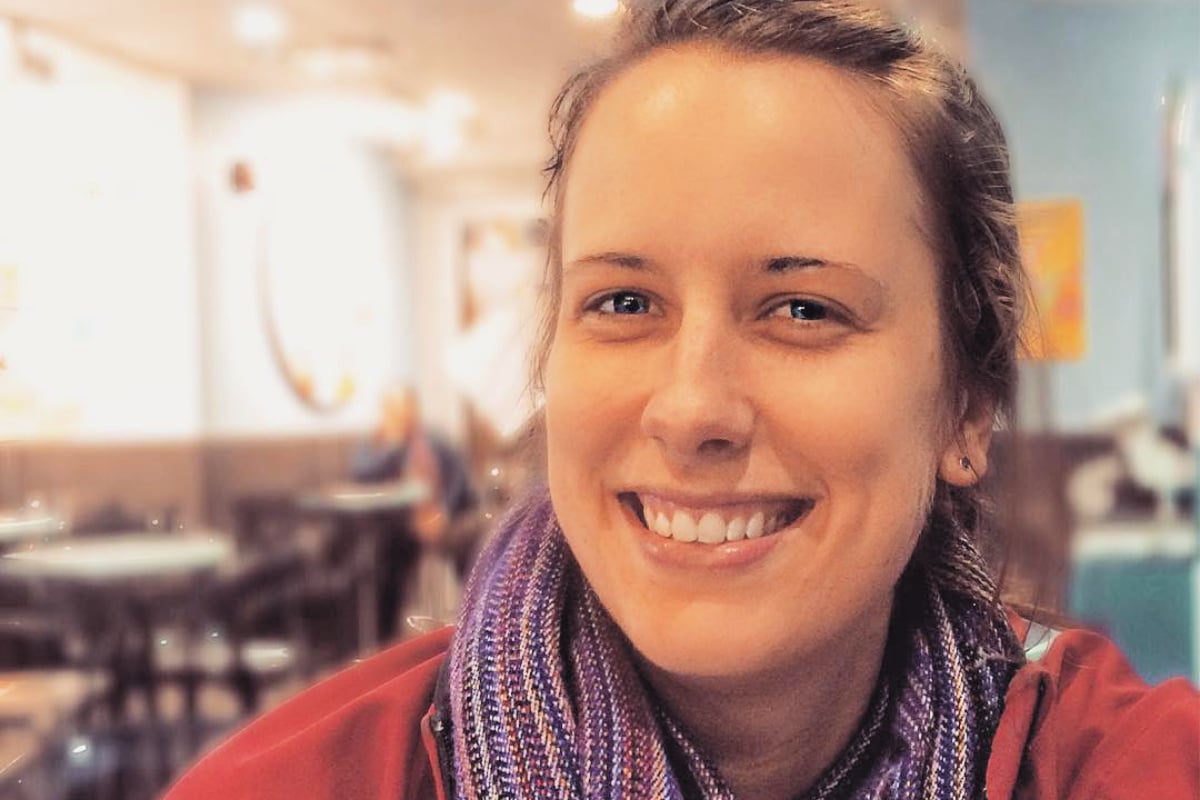
When I was 29 years old, I got so sick that I had to stop working. I had this intermittent burning pain in my legs, I woke up each morning with sore and swollen joints, and I had a visible tremor.
My body was so sluggish that I often needed help to get to the bathroom, and my brain was so foggy that I could barely read. I eventually quit my job as an editor before I was fired for making too many obvious mistakes. I rarely left the house.
Presented with all of these symptoms, my doctor ran a few standard tests and told me that everything looked fine. She didn’t see any reason to refer me to a specialist and she suggested an antidepressant if things didn’t improve.
WATCH: Sarah Wilson on why women burnout, get tired and sick. Post continues below.
I was devastated. I’d lost my income and my social life and I didn’t know where to turn for help. My husband of less than a year thought I was dying. My world was crumbling.
I was 22 the last time my world fell apart. That’s when my dad died and I felt devastated and alone.




























































































